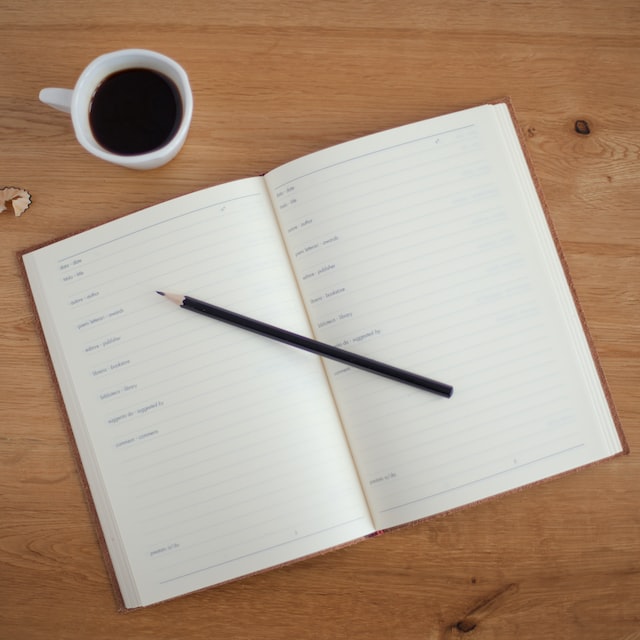Buying a house is a tough financial decision, but it’s a lot easier if you know where you stand right now. Perhaps you check your bank balance regularly enough to know how much you currently have — but do you know how much you spend, and where the spending goes? Before buying a house, especially if you need to take out a mortgage loan, make sure you know what you can afford.
The first thing you should do is organize your budget. This doesn’t necessarily even mean you need to make changes, but you’ll need to figure out whether you do or not. List all your sources and amounts of income and expenses. No one is going to remember what all they purchased, but you can use your credit and debit card statements to help. There is software that can help with arranging all the numbers. Those of you who regularly itemize your tax returns will be familiar with this and may be already up to date, but it’s common to take the standard deduction instead, so you may not be used to it.
Step two is to get a copy of your credit report. Not only does this show you where you stand with credit — and therefore whether or not you can afford to take on more debt — but it’s the same information mortgage lenders will be looking at. You’ll want to make sure you and the lender are on the same page with your credit history. This can be done once per year for free from government-approved websites. Be careful, though — there are a lot of scam credit reporting websites out there.
Finally, ensure that you have enough for a down payment. While a down payment isn’t strictly necessary, some lenders have a minimum down payment for loans. Even if there is no minimum, both the interest rate and the initial balance due will be higher with a lower down payment. A down payment of 20% of the purchase price or more is ideal; however, that doesn’t mean it’s a problem to put down less. Many buyers can’t afford to spend that much upfront.
Photo by Hope House Press – Leather Diary Studio on Unsplash
